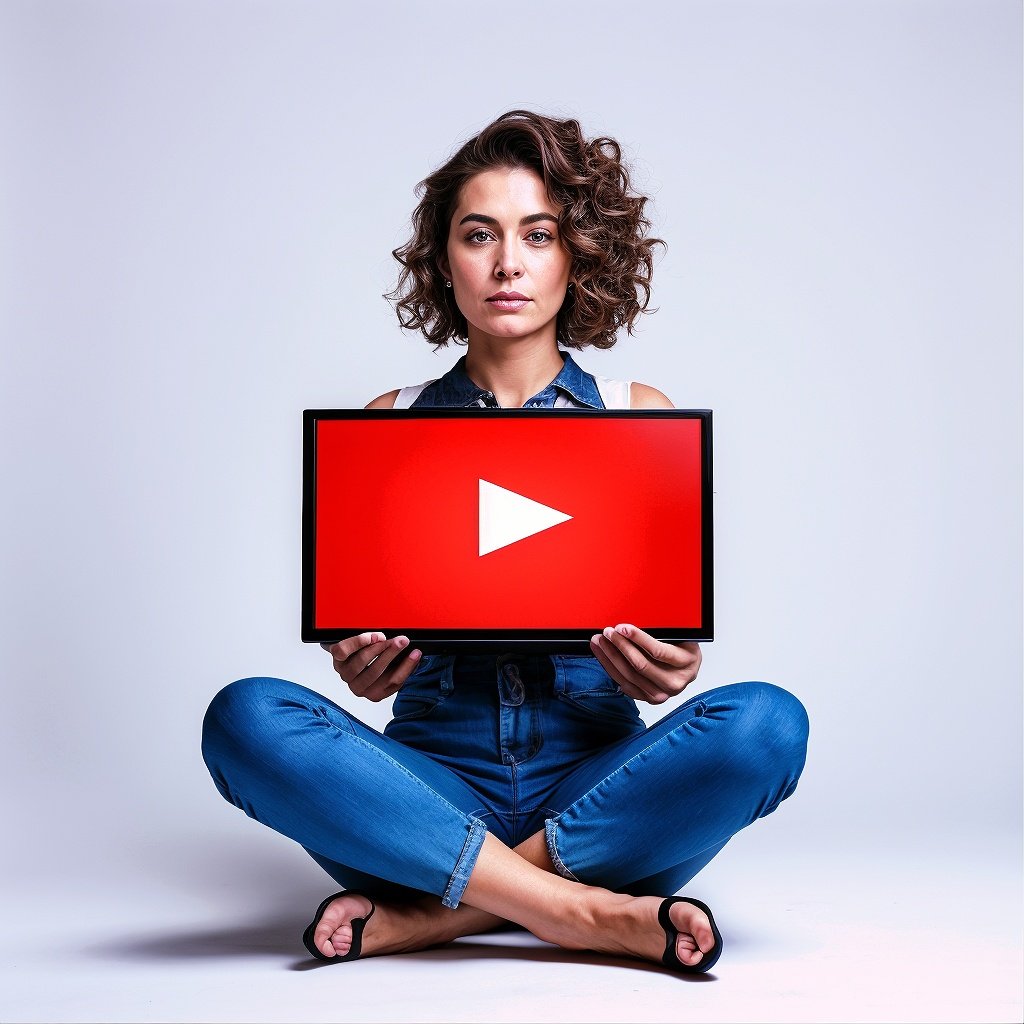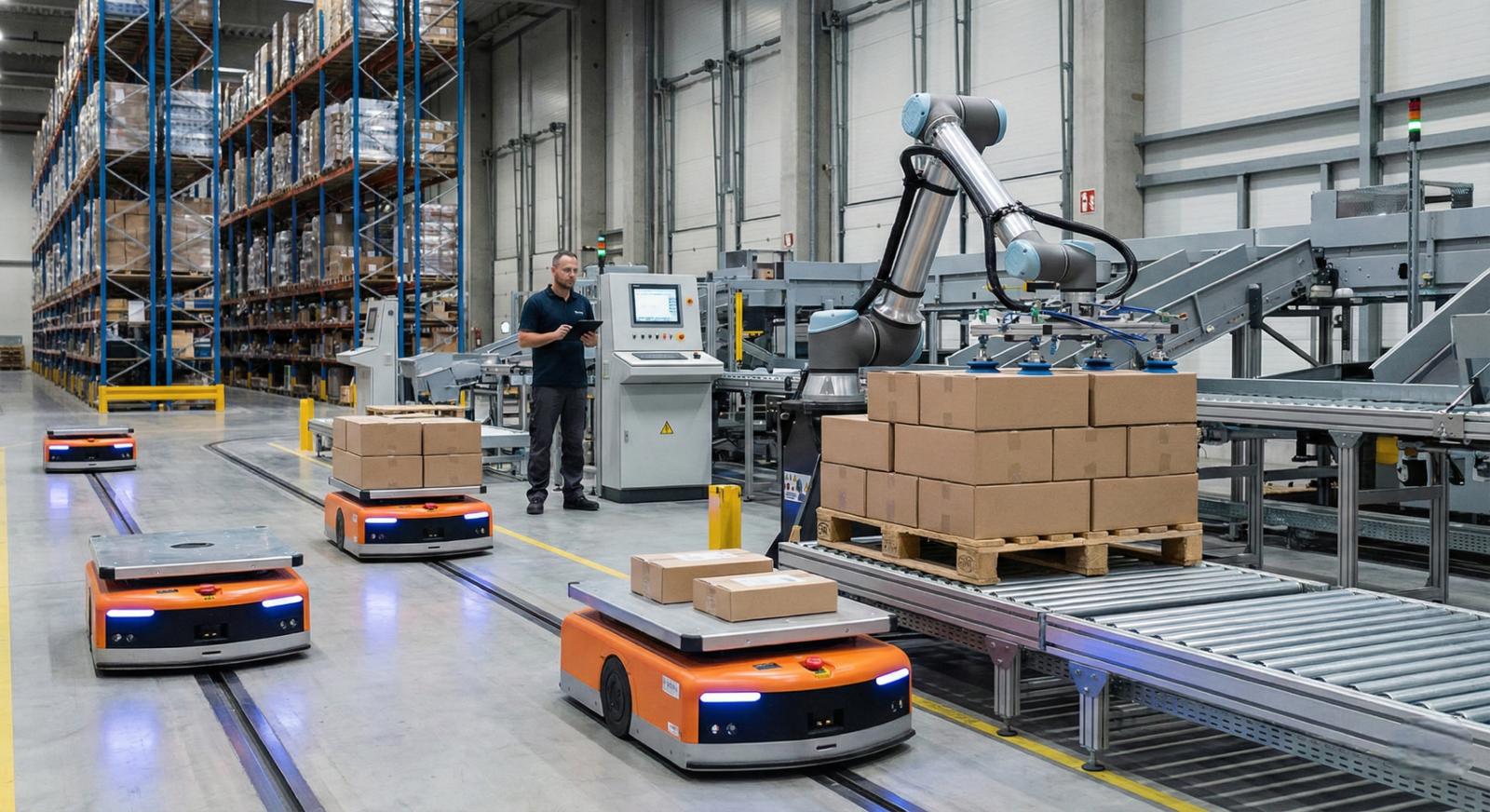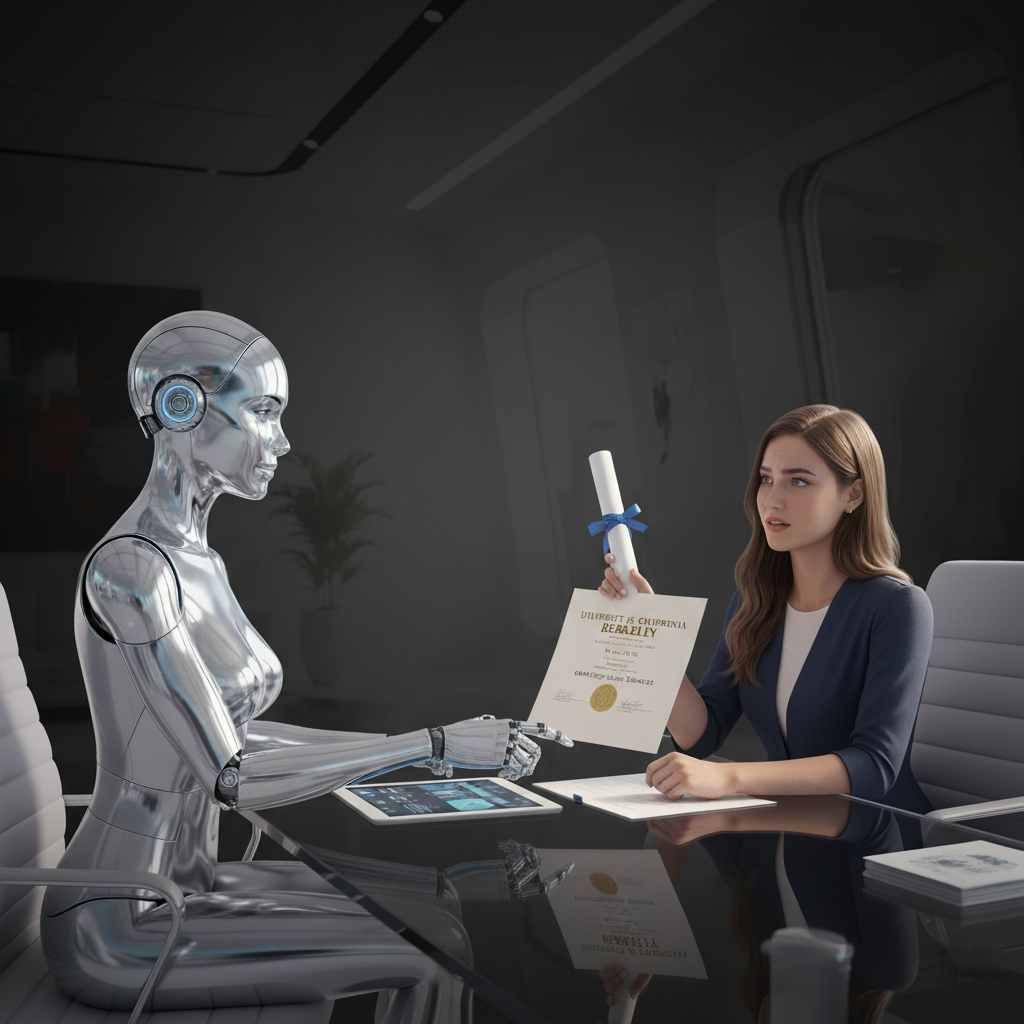YouTube has announced a new policy requiring content creators to disclose when their videos contain AI-generated or synthetic media that could be mistaken for reality. This move aims to increase transparency and build trust between creators and audiences as generative AI becomes more prevalent.
What is AI-Generated Content?
Before diving into the specifics of YouTube’s new rules, it’s essential to understand what constitutes AI-generated content. In the context of these guidelines, AI-generated content refers to any material created or significantly altered using artificial intelligence technology.
This includes, but is not limited to:
- Deepfakes: Videos where a person’s face or voice has been digitally manipulated or synthetically generated to make it appear as if they said or did something they didn’t.
- Altered Footage: Real-world footage that has been digitally manipulated using AI to change the appearance of events, locations, or objects.
- Synthetic Scenes: Entirely AI-generated scenes or environments that depict fictional events or situations in a realistic manner.
It’s important to note that not all AI-assisted content falls under this category. For example, using AI tools to generate ideas, scripts, or automatic captions does not necessarily require disclosure.
What Needs to be Labeled?
According to YouTube’s guidelines, creators must label videos containing the following types of AI-generated or altered content that appears realistic:
1. Realistic Depictions of People
- Digitally altering a video to replace one person’s face or body with another’s using AI tools like deepfakes
- Synthetically generating a person’s voice, facial expressions, or movements for narration, dialogue, or lip-syncing using AI
This includes making it appear a real person said or did something they did not, or creating a completely AI-generated depiction of a person.
2. Altered Footage of Real Events or Places
- Using AI to edit footage to make it seem like a real event occurred differently than it did, such as making a building appear on fire when it was not
- Manipulating real-world locations or cityscapes with AI to look significantly altered from reality
This covers using AI to generate fictional versions of actual events or environments.
3. Generating Entirely Realistic Scenes
- Creating a realistic but completely AI-generated depiction of a major fictional event, such as a celebrity attending an awards show that never happened
- Showing realistic AI-rendered scenes that did not actually occur, like a tornado moving toward a real town
This encompasses any AI-generated content aiming to recreate realistic scenes in a deceptive manner.
These disclosure rules apply whether the AI-generated or synthetic content makes up the entire video or just portions that could mislead viewers about what is real.
What Doesn’t Need to be Labeled?
While transparency is crucial, YouTube recognizes that creators often use AI tools for various purposes throughout the creative process. As such, the platform has outlined exceptions where labeling is not required:
- Clearly Unrealistic Content: Animations, fantastical scenes (e.g., someone riding a unicorn), or content with obvious special effects or visual enhancements do not require disclosure.
- Minor Edits or Production Assistance: Using AI tools for color adjustments, lighting filters, beauty enhancements, video upscaling, sharpening, or repair does not require disclosure. Additionally, using AI to generate scripts, content ideas, or automatic captions does not necessitate labeling.
- Inconsequential Changes: Background blur, vintage effects applied to footage, or AI-assisted idea generation or content outlining do not require disclosure.
The key factor in determining whether labeling is necessary is whether the AI-generated content could be easily mistaken for reality.
Examples of Content Requiring Labeling
To better understand the types of content that will require labeling, here are some examples:
- Synthetic Celebrity Interviews: A video featuring a realistic AI-generated version of a celebrity answering interview questions they never actually answered.
- Deepfake Music Videos: A music video where an AI-generated voice and likeness of a popular artist have been used to create a new song or performance.
- Fictional Historical Reenactments: A video depicting a realistic reenactment of a historical event that never actually occurred, using AI-generated characters and environments.
Text-to-Speech Voiceovers
A common question is whether the use of text-to-speech (TTS) technology for voiceovers necessitates an AI content label.
According to YouTube’s guidelines, simply using AI-powered TTS to create a voiceover for your video does not automatically necessitate an AI disclosure. The platform states that they are “not requiring creators to disclose content that is clearly unrealistic, animated, includes special effects, or has used generative AI for production assistance.”
However, if the AI voice is designed to realistically imitate a real person in a potentially deceptive way, such as cloning a celebrity’s voice for an endorsement, then YouTube requires the creator to disclose it as “altered or synthetic content.” The key factor is whether the AI voice could mislead viewers into believing a real person is speaking.
How Will the Labeling Work?
When uploading a video, creators will be prompted to disclose whether their content contains “altered or synthetic” material that seems realistic. If they answer Yes, YouTube will add a label to the video’s description or directly on the player, depending on the sensitivity of the topic. For videos covering sensitive subjects like health, news, elections, or finance, a more prominent label will appear on the video player itself to ensure transparency.
Enforcement and Consequences
While YouTube aims to give creators time to adjust to the new process, the platform has stated that it will consider enforcement measures for those who consistently fail to disclose AI-generated content. Potential consequences could include content removal, suspension from the YouTube Partner Program, or other penalties.
In some cases, YouTube may even add a label to a video if the creator neglects to disclose the use of AI, especially if the altered or synthetic content has the potential to confuse or mislead viewers.
Conclusion
As AI technologies continue to advance, platforms like YouTube are taking proactive steps to ensure transparency and maintain trust with their audiences. By mandating the labeling of AI-generated content that could be mistaken for reality, YouTube aims to empower viewers with the information they need to make informed decisions about the content they consume. While this policy may present challenges for creators, it underscores the importance of responsible innovation and ethical practices in the rapidly evolving AI content landscape.





